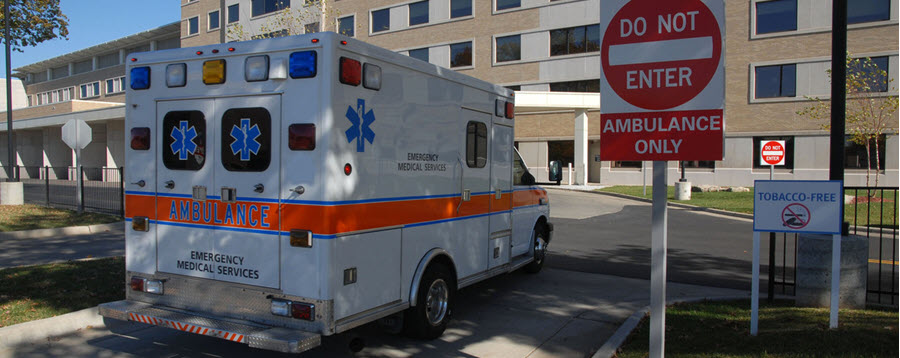
A Worker is Hurt. What Next?

When your worker is injured on the job, the steps his or her supervisor takes can affect the health of the employee – and also determine whether your company has complied with workplace safety regulations and may even protect you from serious legal problems. So what next?
The safety experts at Safety Management Group in Indianapolis have prepared an article with good advice for immediate response to help the injured worker, document what happened and avoid similar accidents in the future. Here’s their advice, plus OSHA requirements you must know.
First Steps
Once you determine the nature and severity of the injury, you’ll decide on the right action to take. It may be a call to 911, in which case you need to provide detailed directions to the jobsite and ensure the emergency vehicles will have access. If the worker’s injuries are not severe enough to warrant an ambulance, he or she may need to be transported to the nearest clinic or emergency room after a trained person has provided first aid.
It’s a good idea to call the clinic or emergency room to let them know that the employee is on the way. Give them a summary of the individual’s condition. If your safety policy calls for a post-incident drug and alcohol screen, be sure to inform the clinic or emergency room so that they can provide that test.
Never let an injured employee drive himself or herself to medical attention, no matter how much they may insist. And don’t let a fellow worker provide that transportation, if possible. Instead, a company supervisor should take the employee, ideally in a company vehicle, because the injury is job-related.
You’ll then need to secure the scene, investigate details and debrief your team. It will take some time and effort, but will be well worth the trouble if the injury becomes a legal matter.
What OSHA Requires
Employers must report any worker fatality within 8 hours and any amputation, loss of an eye or hospitalization of a worker within 24 hours. Many employers with more than 10 employees are required to keep a record of serious work-related injuries and illnesses. (Certain low-risk industries are exempted.) Minor injuries requiring first aid only do not need to be recorded. Records must be maintained at the worksite for at least five years. Each February through April, employers must post a summary of the injuries and illnesses recorded the previous year. Also, if requested, copies of the records must be provided to current and former employees, or their representatives.
Resources:
Read the full article here.
Visit the OSHA recordkeeping and reporting page.
Browse Days Without Injury signs and scoreboards.

